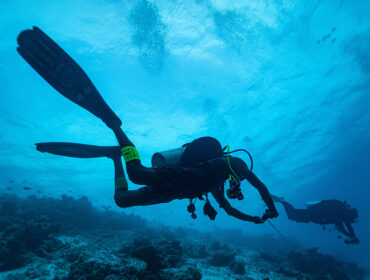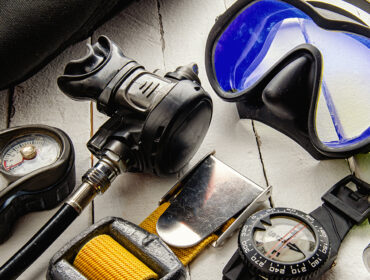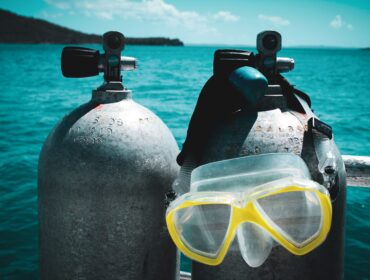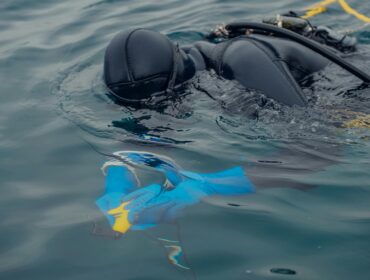About one-third of the human population suffers from kinetosis, or motion sickness, under mild circumstances. The number can rise as high as two-thirds if conditions worsen or become more extreme. When someone is suffering from the symptoms of kinetosis on the ocean or other body of water, it is commonly called seasickness.
Over the centuries a number of remedies, treatments, and cures have been developed to handle the severe nausea caused by the rolling motions of a boat on the water. The treatment that works best depends largely on the person, conditions, and other variables. The following simple seasickness remedies will work well for the majority of sufferers under most conditions.
The simplest treatment for seasickness is simply acclimation. When symptoms first appear, sit down and keep your head balanced over your hips. By remaining seated, you wear yourself out less than attempting to hang on to a railing or lean against a wall. After a time you will be able to feel the rhythm of the boat’s motions. Once comfortable, get up and walk around to develop your sea legs while finding something to do.
If you want to avoid the symptoms completely or don’t want to lose any time acclimating to the boat’s motions, then a pharmaceutical remedy may be a better option. There are a number of over-the-counter medications to prevent the symptoms of motion sickness. Antihistamines are also a good choice for avoiding nausea and other effects of the moving waves.
Many of these medications have side effects than range from drowsiness to dehydration. A popular television show tested and confirmed that a ginger pill works well as a natural alternative to pharmaceuticals. In order to maximize the benefits of any of these pills, they should be taken approximately an hour before boarding the boat or ship.
The best way to avoid seasickness is a matter of scale. Motion sickness arises when the brain receives conflicting signals from the eyes and inner ear. The distant horizons visible while traveling the seas give very few visual cues of motion. Larger ships are less susceptible to the motions of the ocean that are sensed in he inner ear and conflict with the view. On smaller ships or rougher seas you should attempt to spend time in the midships area of the deck where the motion is felt the least.




